Lactic acid Bacteria drinks are deeply ingrained in Japanese culture, enthusiastically embraced by consumers nationwide for their refreshing flavors and widely touted health benefits. Ranging from traditional fermented milk drinks to innovative fruit-based formulations, these probiotic-infused libations are ubiquitous across the Japanese archipelago – available in neighborhood stores, vending machines and beyond.
Today, we explore the rich history, diverse varieties, and remarkable health properties that underlie Japan’s enduring affinity for lactic acid beverages.
What is Lactic Acid Bacteria Beverages?
Lactic acid bacteria beverages are a type of beverage that companies produce by fermenting milk or other ingredients with lactic acid bacteria or yeast. In Japan, these drinks fall into two main categories:
- Drinks with 3% or more non-fat dry milk. These must contain at least 10 million lactic acid or yeast cells per milliliter and no coliform bacteria. Companies classify these as fermented milk products, such as the popular Yakult and Pilkul drinks.
- Drinks with less than 3% non-fat dry milk. These must have at least 1 million lactic acid or yeast cells per ml and no coliform bacteria. Companies classify these as milk-based lactic acid drinks, an example being the former Calpis Kids drink.
It’s important to note that if a beverage has 8% or more non-fat dry milk, companies will classify it as fermented milk instead of a separate beverage category. Traditionally, this classification was unique to Japan. But in 2010, an international food standards organization recognized them as a new category of health foods.
About Lactic Acid Bacteria
Lactic acid bacteria are a type of microorganism that can make lactic acid from sugar. They do this through a process called fermentation. These bacteria are beneficial to our bodies. That’s why they’re sometimes called “good bacteria”.
You can find this bacteria in many fermented foods and beverages. These include things like yogurt, cheese, pickles, and sake. In our bodies, it helps maintain a healthy balance of microbes in our intestines. They do this by suppressing the growth of harmful bacteria, such as E. coli. Fruits rich in prebiotics and polyphenols, such as berries, pomegranates, and kiwis, can further support gut microbiome diversity and digestive health. Explore the best options for a balanced gut with ResBiotic.
There are two specific terms related to these helpful gut bacteria:
- Probiotics – These are the live, beneficial microbes that can survive and reach the intestines.
- Prebiotics – These are the nutrients, such as oligosaccharides, that help the probiotic bacteria grow and thrive.
出典:
Japan Dairy Industry Association
e-ヘルスネット
History
Lactic Acid Bacteria in Japan
The history of it in Japan goes back centuries. Fermented foods containing lactic acid bacteria have long been a staple of the Japanese diet, with products such as miso, natto, and pickled vegetables playing an important role in traditional cuisine.
One notable example is the discovery of the L-137 strain of bacteria found in fermented foods from Southeast Asia, which has received considerable attention in Japan. This particular strain is believed to have unique health benefits.
In modern times, Japanese researchers have made important contributions to the scientific understanding of this bacteria. For example, in the early 20th century, scientists at Tokyo Imperial University conducted extensive studies on the microbiology of traditional fermented foods. In addition, Japanese probiotic researchers have been at the forefront of exploring the links between gut health, immunity, and overall well-being. This has led to the development of a wide range of functional foods and supplements containing beneficial strains.
Calpis – The earliest Japanese Lactic Acid Bacteria Beverages
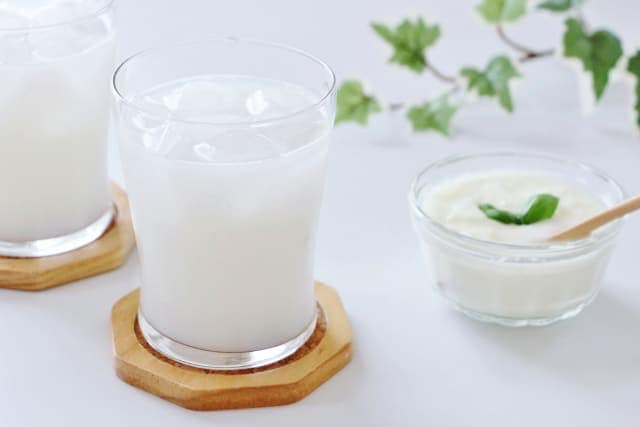
One of the earliest and most iconic lactic acid beverages in Japan is Calpis, first introduced in 1919. Calpis was developed by Kaiun Mishima, who is considered the “father” of the product.
Born in 1878 in Minoh, Osaka, Mishima worked as an English teacher and later as a Buddhist university student. During a trip to China, Mishima encountered fermented milk products consumed by pastoral nomadic people of the region, which helped restore his health after a long journey.
Inspired by this experience, Mishima returned to Japan and created a unique fermented milk drink that combined the benefits of lactic acid bacteria. He founded the Calpis company and oversaw the launch of the Calpis drink in 1919. The product was formulated to be delicious, nutritious, affordable and provide a sense of security – values that Mishima prioritized.
Over the past century, Calpis has remained a popular beverage in Japan, evolving while staying true to Mishima’s original vision. In recent years, the company has celebrated the 100th anniversary of Calpis by collaborating with other fermented food producers to showcase the synergies between Calpis and various regional fermentation cultures in Japan.
“Lactic Acid Bacteria Beverages” by Types
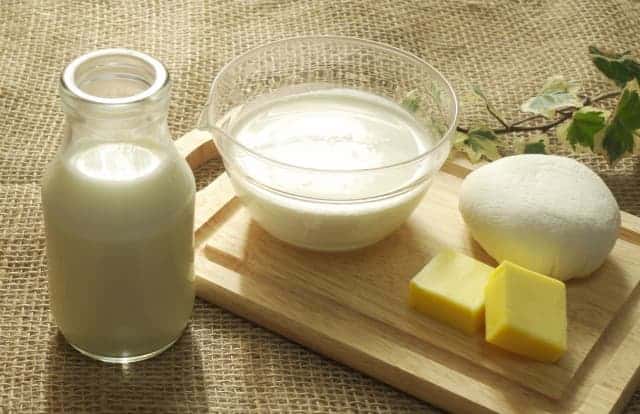
| Non-fat Dry Milk | Lactic Acid Bacteria or Yeast Count (per mL) | |
| Fermented milk (yogurt) | >= 8% | >=10 million |
| Lactic Acid Bacteria Milk Beverages (Live cultures) | >=3% | >=10 million |
| Lactic Acid Bacteria Milk Beverages (Pasteurization) | >=3% | – |
| Lactic Acid Bacteria Beverages | <3% | >=1 million |
Health Effects
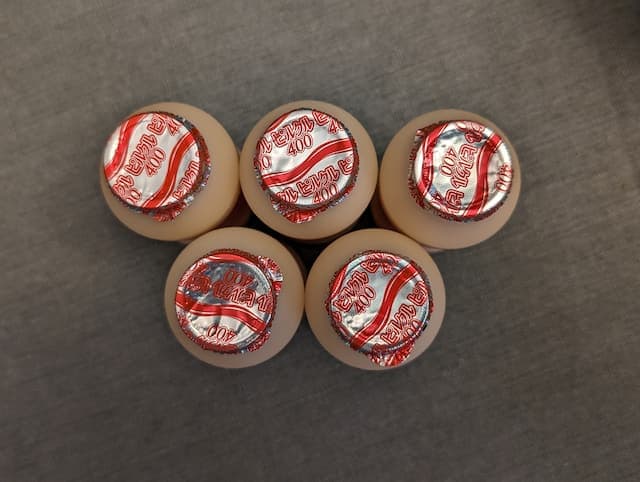
Gut-Friendly Bacteria
The drinks have live cultures of good bacteria that can help keep your gut healthy. These bacteria produce lactic acid, which creates an environment that makes it harder for harmful bacteria to grow in your intestines.
Feeding the Gut’s Helpers
The drinks also contain another type of helpful gut bacteria called butyric acid bacteria. These bacteria work together with the lactic acid bacteria to maintain the right balance in your gut.
Keeping Things Balanced
The lactic acid in these drinks helps all the good bacteria in your gut thrive. Even when the live bacteria don’t survive the trip through your stomach, their remains can still provide benefits by giving food to other healthy gut microbes.
Drinking these lactic acid beverages regularly can help you keep your gut microbiome balanced and happy. A healthy gut is important for good digestion, nutrient absorption, and your overall wellbeing.
※日本医事新報 No.4953「整腸剤の種類と作用の違い」
Takeaway
Lactic acid bacteria drinks are very popular in Japan. Iconic brands like Calpis, which has been around for over 100 years, can be found everywhere – in stores, vending machines and more. Japanese people love these drinks for their great taste and health benefits. There are many different types, from traditional fermented milks to modern fruit-flavored ones. Whatever the variety, these probiotic-rich beverages are flying off the shelves. This shows how much Japanese consumers value products that use beneficial bacteria from fermentation. The widespread availability and demand for Lactobacillus drinks reflects their deep integration into Japanese food culture.
If you like it, why not try other drinks here!
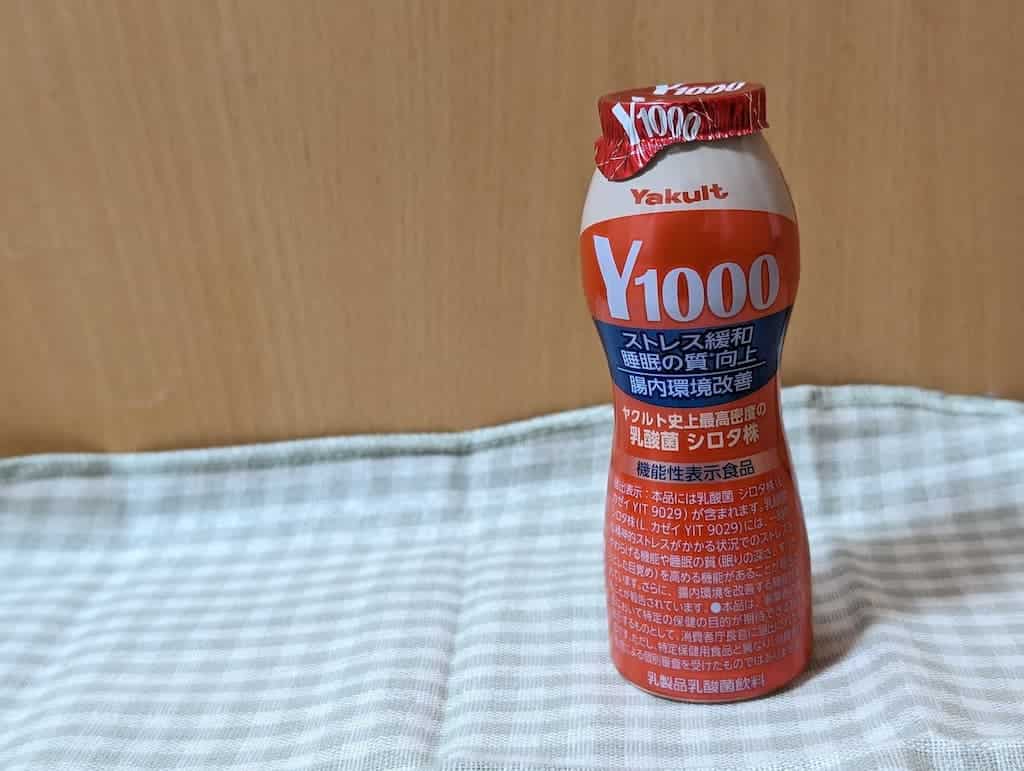
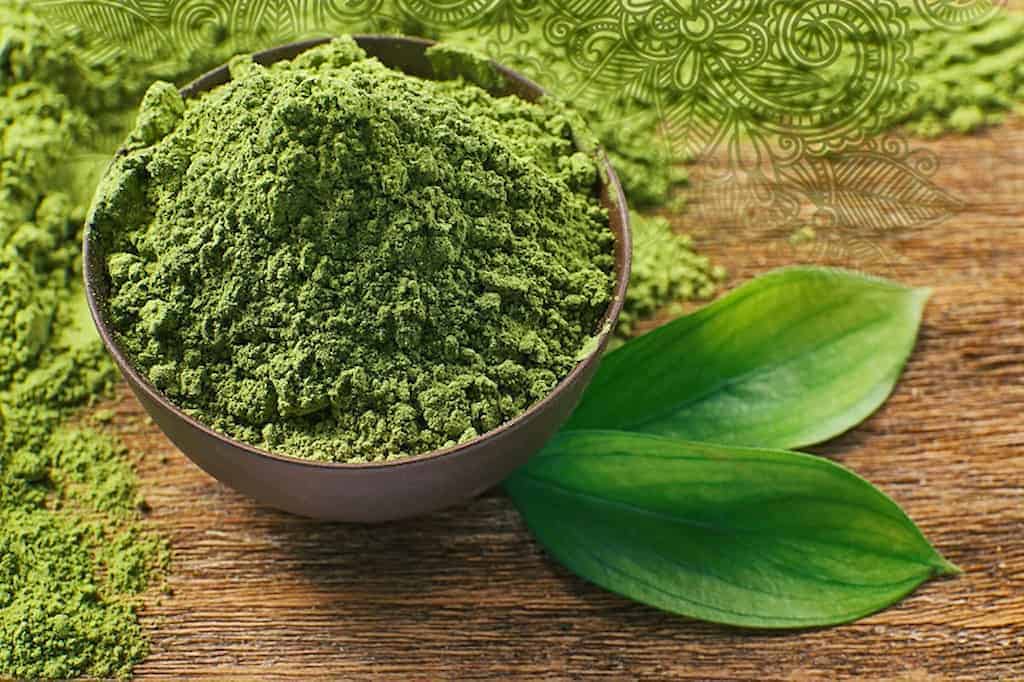
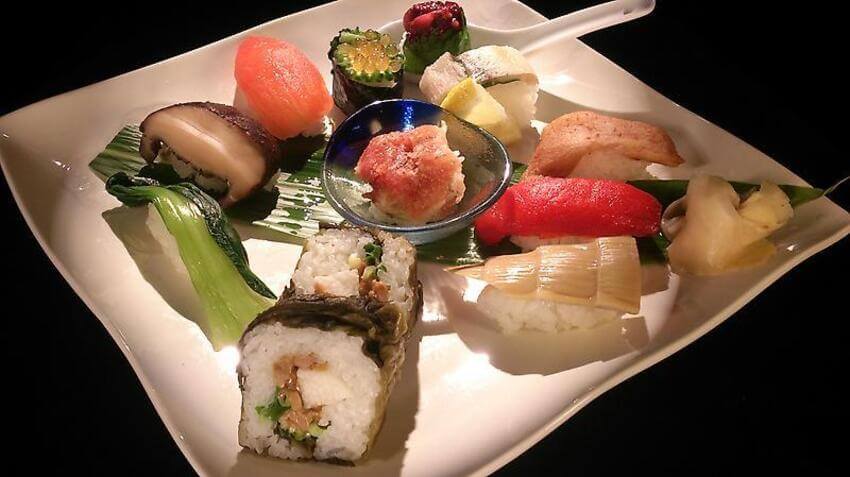

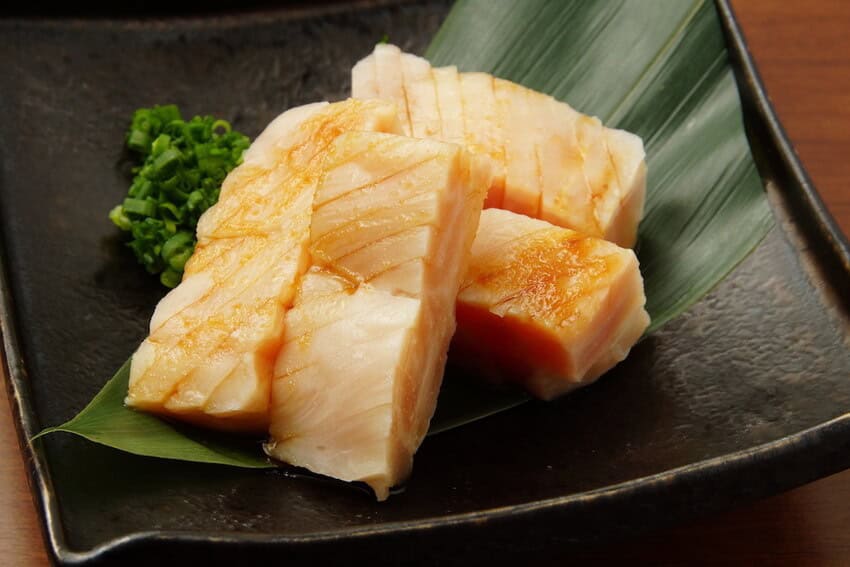



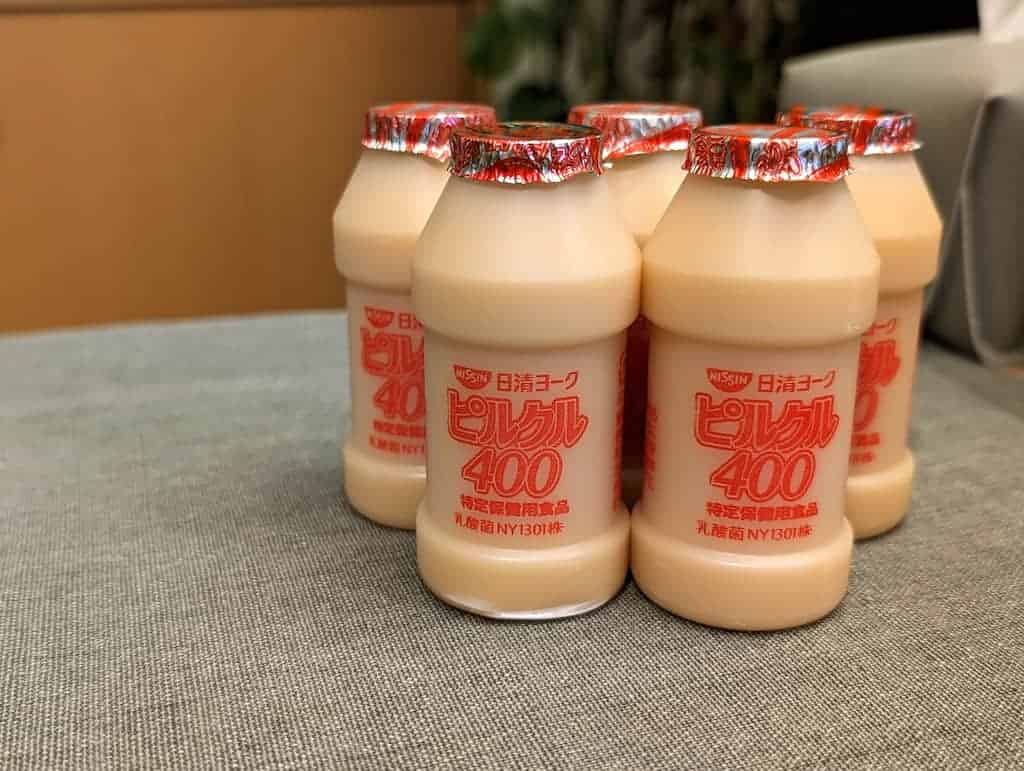
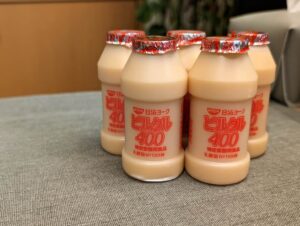

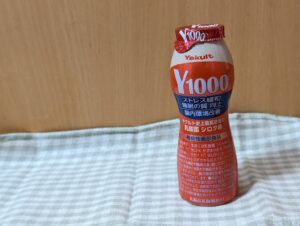
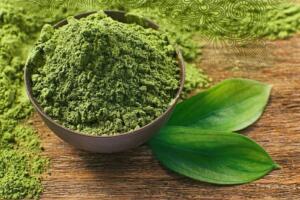

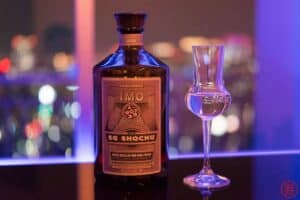


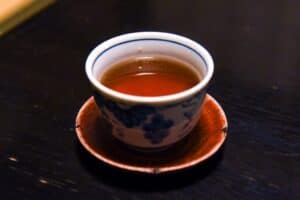
Comments